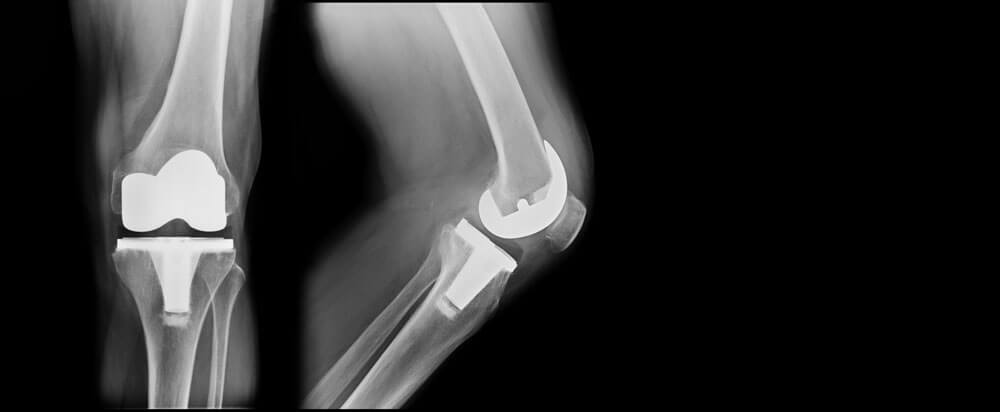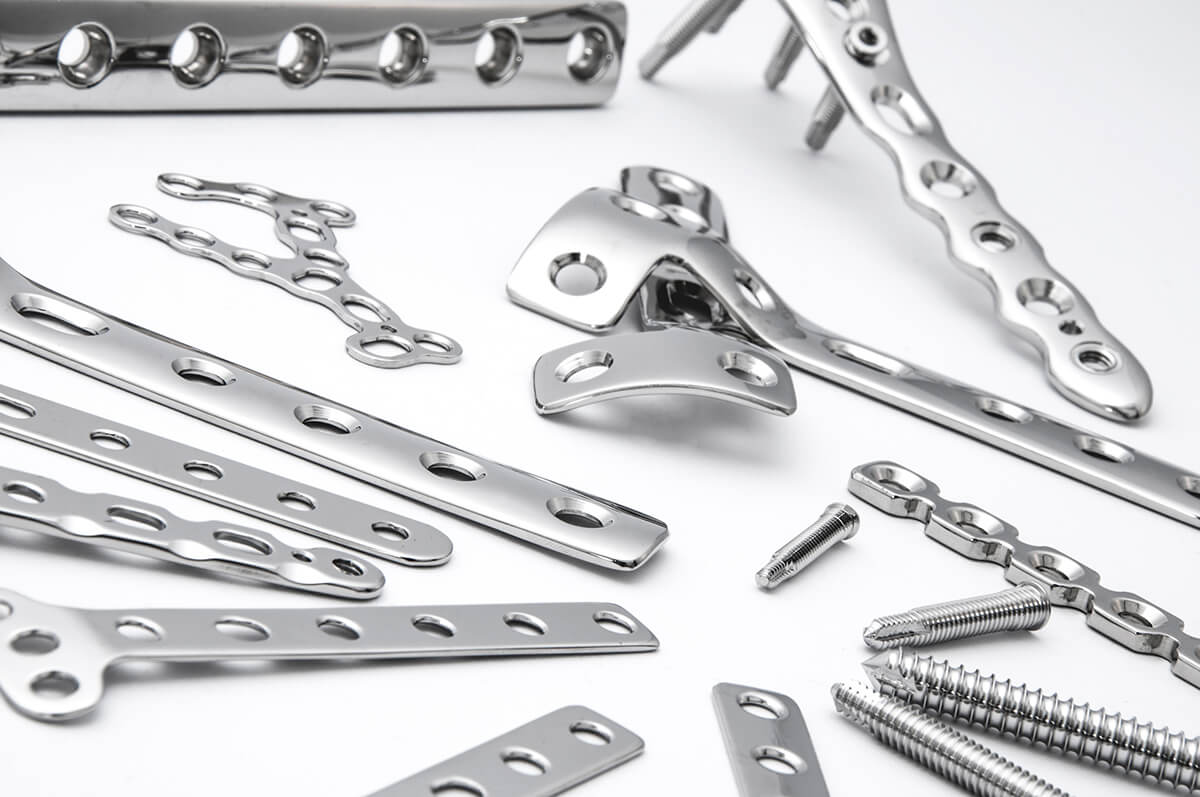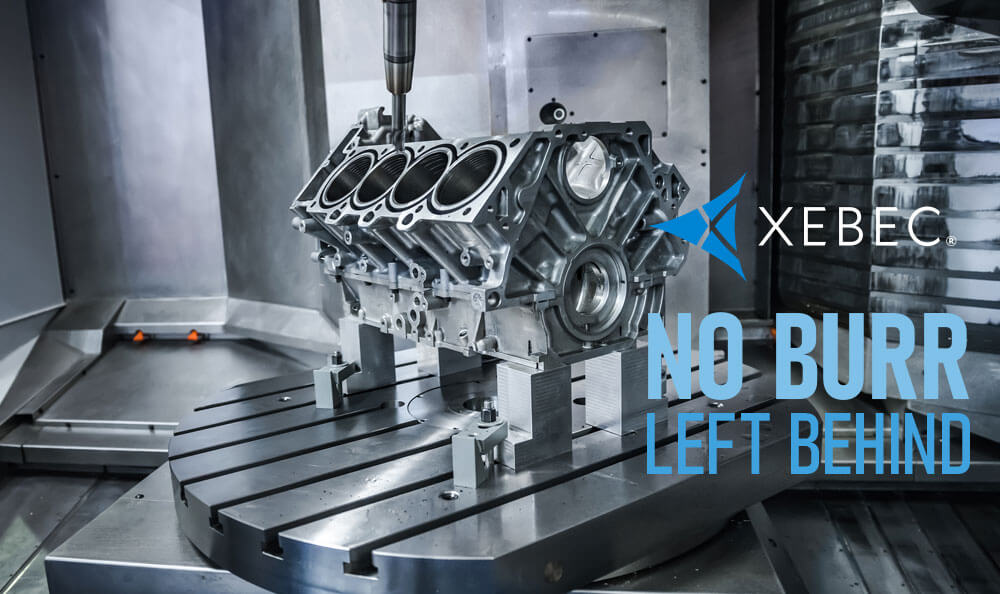Manufacturers and precision machine shops that work with partners in the medical tool and device industry are often tasked to produce burr-free parts with the finest, most attractive finishes – even though many of these parts will be integrated into the body and rendered invisible.
Many of these finishes are so incredible, they reflect as clearly as mirrors. And the designs of various medical industry parts can be so intricate and beautiful they’re practically art.
Why is such quality and precision integral in the medical device industry? It’s certainly not about looks. Many potential consequences could arise from implanting or otherwise integrating a part that isn’t deburred and finished to spec. Every part that goes into the human body, whether it’s metal or plastic, permanent or temporarily used for measuring and sizing, is critical. It’s imperative that all burrs are removed and the appropriate finish is achieved.

Xebec works with a number of medical manufacturers to automate deburring and finishing. Xebec products remove cutter marks and smooth out peaks and valleys to achieve the desired Ra and surface finish – in less time and with greater efficiency and consistency. They can also deburr and finish parts where the integrity of a fine-textured finish needs to be preserved, and surface dimensions and finishes unaltered.
With these processes automated, employees are relieved of hand deburring and much of the finishing. In many cases, they can instead devote their energy to finalizing parts with diamond paste to give them an even more incredible shine and meet industry requirements, among other tasks they can pursue with their returned time.
Medical industry parts that require deburring and finishing land in many categories, including:
- Tools and equipment, including surgical and diagnostic tools
- Implanted devices, whether permanent or disposable
As an example, the Xebec Brush Surface can be applied to the following parts:
At Xebec Deburring Technologies, we understand how imperative it is to produce high quality parts or tools used in the medical industry. We understand your risks – and we care. We take the matter of safety as seriously as you and your partners do.

The two parts of a knee replacement, the concave cup and the convex ball end surfaces are two primarily metal parts often involved in a knee replacement. These parts fit into each other and allow swivel and pivot motions. Ahead of a knee replacement surgery, a patient is typically fitted for the parts with a sizing kit made of plastic. All three of these parts demand quality deburring and finishing to ensure proper fit, function, biocompatibility and patient safety.
These parts are complex and must be precisely deburred, finished and polished. Accomplishing the appropriate finish requires removing the smallest marks to ensure peaks and valleys aren’t polished over and retained. Scrapping such parts can be very expensive, considering the time they take.
Hand deburring these parts is more likely to result in inconsistencies and errors, regardless of the proficiency of the employee.
Xebec works with medical manufacturers to design an automated deburring and finishing process that reduces hand work on the part and is of the highest quality and is fast, consistent and repeatable.

What is required of medical parts from manufacturing to implanting?
- Manufacturers must meet industry standards and regulations for quality and process, such as ISO 13485 and ISO 9001.
- Manufacturers must meet FDA requirements and regulations for labeling, testing and premarket approval where necessary.
- Parts and instruments must be sized, shaped and finished appropriately to perform their intended function.
- Parts and instruments must be biocompatible and pass biocompatibility testing to ensure they aren’t contaminated, won’t corrode and won’t be rejected by the body.
- Parts and instruments must be clean and sanitized to reduce risks of infection and contamination in the body.
Safety Data Sheets (SDS) for all Xebec products are available on the Xebec Deburring Technologies website for download and easy confirmation and documentation of compliant materials.

Why are these requirements important?
These requirements help ensure patients have optimal experiences, short recovery times and long-lasting medical devices that won’t require corrective or replacement surgery sooner than expected. Patient quality of life and the costs associated with their care will be improved. And a quality fit means the part will operate as it should, reducing pain and discomfort for the patient as well as wear of the part or parts.
Knee replacements typically last 10 to 20 years or more. And there’s only a 0.5 to 1 percent chance of failure for a knee replacement each year, according to the American Association of Hip and Knee Surgeons. Though it isn’t common for mechanical issues to happen, misalignment, early part wear, instability and loosening do occur.
What are the potential consequences of quality issues?
Burrs left behind on a part or imprecise finishes can lead to many negative outcomes for patients, whether the part is metal or plastic. For example, a burr could catch on tissue or come loose at any point in the surgery or after. And an imprecise finish could enable contamination and corrosion.
Potential consequences related to quality include:
- Physical damage to patient
- Infection
- Patient discomfort
- Early corrective or replacement surgery
- Extended recovery time
- Reduced part life
- Issues with fit and alignment
- Loosening and instability of parts
- Corrosion
- Contamination
- Implant rejection

Strategize to Excel in Medical Industry Manufacturing
With a process that’s so consequential, you want to ensure you have a great reputation for quality results. However, achieving this with a manual deburring and finishing process could see you losing out in the categories of labor costs, scrap, rework and productivity. Set yourself up to excel and make – or maintain – a name for yourself in medical parts manufacturing. Automate your deburring and finishing processes with Xebec Deburring Technologies.
Materials, fits and processes related to medical manufacturing aren’t new to us. We’re familiar with common metals used in the industry, and we’re experienced working with parts that must move or fit together. We can work with complex parts with miniscule components, such as bone screws. And we can work with materials aside from metal, such as PEEK plastic. We can help you not only remove burrs and achieve the right finish, but also make the process faster and more reliable, reduce scrap and headaches, and reallocate your resources to improve productivity.
For more information on how Xebec Deburring Technologies can help you increase the quality and production of your medical device manufacturing, contact us or give us a call at 800-434-9775.







